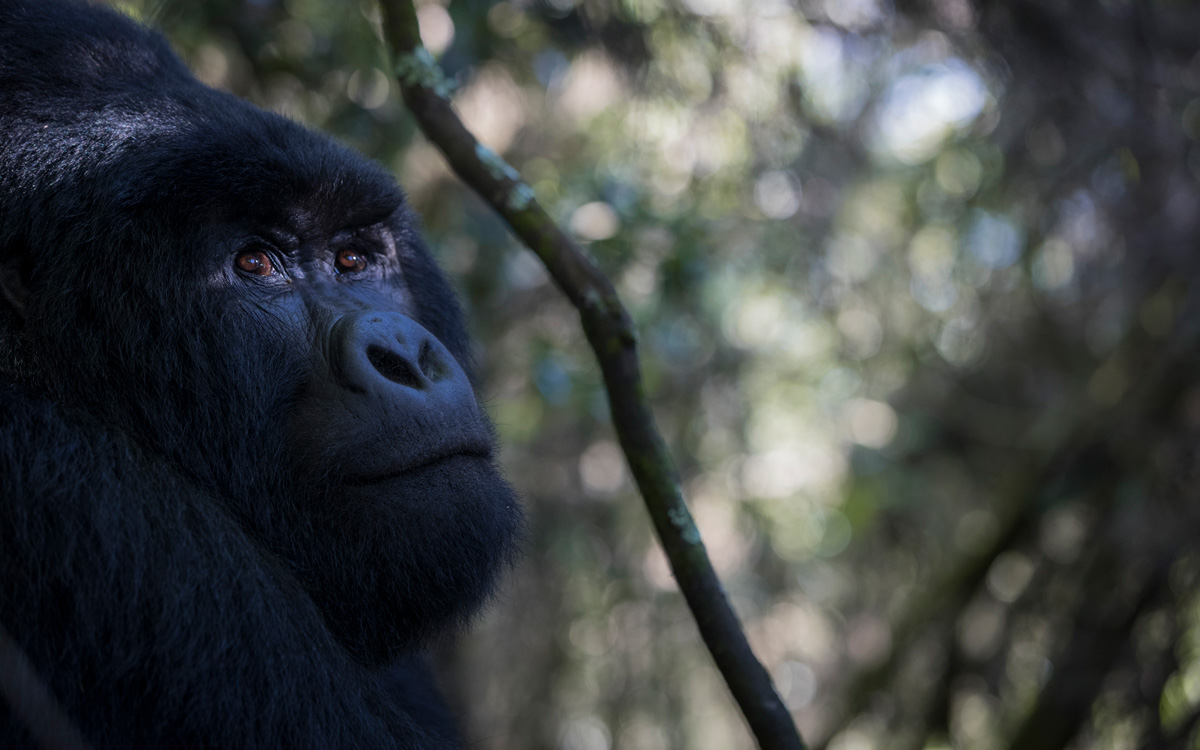Marking 100 years of mountain gorilla conservation: the creation of Virunga National Park DRC, 1925 and of Volcanoes National Park, Rwanda 1927
15 May 2025

Marking 100 years of mountain gorilla conservation: the creation of Virunga National Park DRC, 1925 and of Volcanoes National Park, Rwanda 1927
- In 1902 Robert von Beringe shot two mountain gorillas on the slopes of Mount Sabyinyo in Congo, marking the official international recognition of this species. One gorilla was sent to the Zoological Museum of Berlin. This discovery created increasing requests for gorilla hunting permits as well as a wish to display specimens in museums.
- This led to increasing calls for greater conservation of the mountain gorilla. On 21 April 2025, King Albert of Belgium, encouraged notably by Carl Akeley of the American Museum of Natural History in New York, created Albert National Park which incorporated the gorilla habitat around the extinct volcanoes of Mikeno, Karisimbi and Visoke, as well as the wildlife in the Rwindi Plains in the north. Albert National Park became Africa's first national park. Within one year, in January 1926, it would be joined by South Africa's Kruger National Park. On 18 August 1927, Albert national park was extended to include the south-eastern slopes of Mount Visoke and Karisimbi, situated in today’s Rwanda. As a result, hunting of gorillas and other animals was strictly prohibited in these areas.
- Surveys led by James Chapin, Carl Akeley and Jean-Marie Derscheid defined the limits of the protected area. After the sudden death of Carl Akeley in November 1926 at the camp in Kabara, Derscheid took over the survey work.
- Later Albert National Park was extended as far as Lake Edward, increasing its area from 25,000 to 190,000 hectares, including the western slopes of the Rwenzori Mountains, and the habitat of the Okapis.
- In July 1962, the DRC sector of the Albert National Park was renamed Parc National de Virungas.The Rwandan sector of the Park, smaller in size, became Parc National des Volcans (Volcanoes National Park). On the Ugandan side of the Virunga volcanoes, Mgahinga Forest Reserve was created by the Ugandan colonial government in the 1920s. Together with the Bwindi Impenetrable Forest it was gazetted as a formal national park by the Ugandan government in 1991. The work of the four protected areas is overseen by their respective national park authorities - the Congolese Institute for the Conservation of Nature; Rwanda Development Board; and Uganda Wildlife Authority. The UN Great Apes Survival Partnership (GRASP) was set up in 2001 to help ensure the long-term survival of gorillas, chimpanzees, bonobos and orangutans and their habitats in Africa and Asia. The Greater Virunga Transboundary Secretariat, set up in 2015, fosters collaboration between the four mountain gorilla protected area authorities.